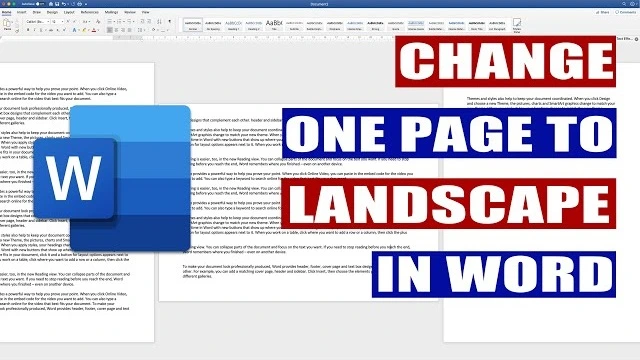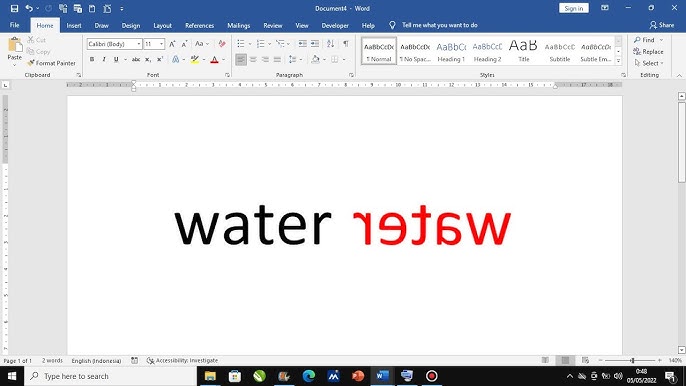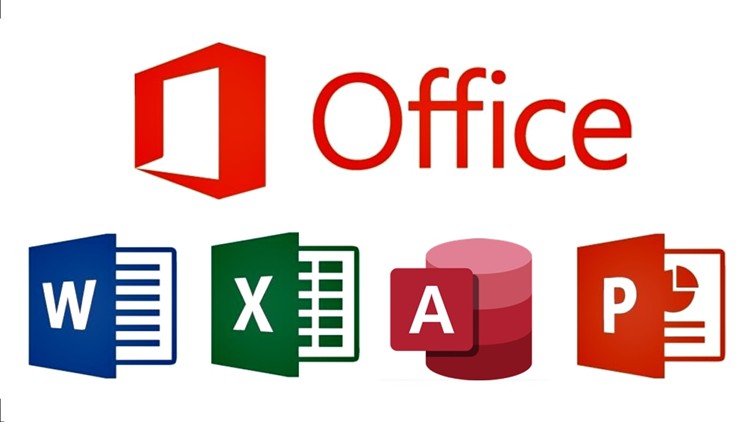Today, in the digital age, most people must have heard of Microsoft Word. Popular for its word-processing functions, it is widely used in offices, homes, and other places. Whether you are in school, working a desk job, or creating content, understanding all the tricks and features of Microsoft Word can greatly boost your efficiency and work.
This blog post briefly enlightens the reader on the background of Microsoft Word, some of its key functions and processes, its versatility in society today, and useful tips that would enhance its operation.
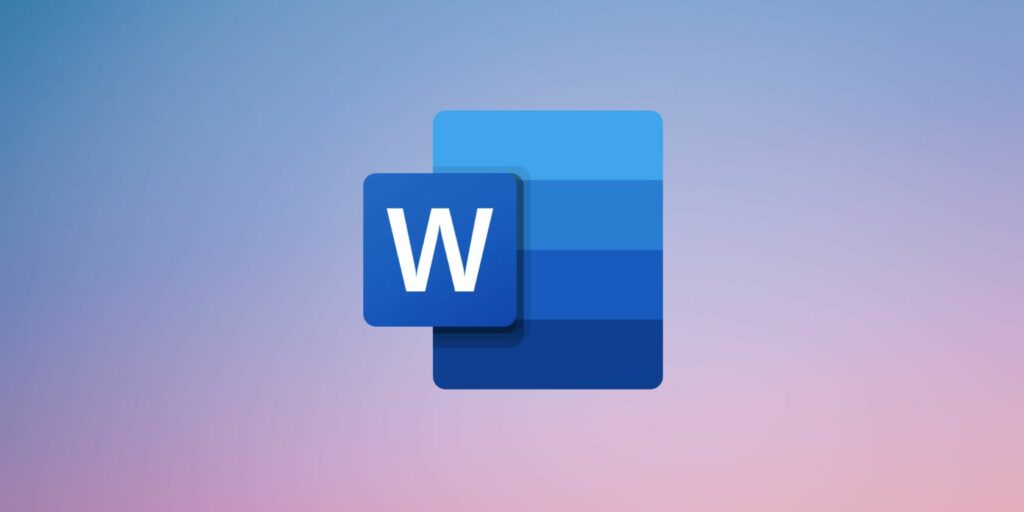
Features of Microsoft Word
- User-Friendly Interface: Microsoft Word offers a clean and intuitive ribbon interface, making it accessible for all skill levels.
- Collaboration Tools: Regarding the choices for joint composing, several people can create one document to enrich concepts or provide comments more efficiently.
- Extensive Formatting Options: Word gives a complete array of options for formatting; they can change a text and its shape, font, and everything else, which is important for a business-like document.
- Templates and Themes: This program is a convenient and easy-to-use structuring toolbar, and a selection of templates and themes for making documents stunning is provided.
- Spell Check and Grammar Tools: Features to check the spelling and grammatical points are also built into the software to prevent writers from making silly mistakes.
- Integration with Other Microsoft Products: Another advantage of using Microsoft Access is that it can easily work with other Microsoft Office applications like Excel and PowerPoint and transfer data trippingly.
- Accessibility Features: There are features such as a read-aloud and a checker for accessibility worldwide to ensure that those with different needs are comfortably assisted.
- Cloud Storage and Access: One of the greatest benefits of the integration is that users can save documents in OneDrive, which means they can access documents from any device connected to the internet.
Uses of Microsoft Word
Here are some uses of Microsoft Word:
Writing Documents
Primarily and essentially, Microsoft Word was created specifically for writing documents. Basic organizational notes to detailed reports are completed using Word as this software program offers all the tools and capabilities to produce professional quality text documents because of the simple GUI and the flexibility of choices available to the user when editing, the tool is useful for all categories of writers.
Word is more than a simple word processor tool since the information below shows. Currently, the application only supports the drafting of different types of letters, memos, and newsletters. As described by the feature, this versatility makes Word a useful tool in business and personal writing.
Furthermore, Word has other great links to other Microsoft Office Products such as Excel and PowerPoint. For instance, users can conveniently copy data from Excel templates and paste it into their documents or directly insert MS PowerPoint slides into the document as objects.
Creating Resumes and Cover Letters
Resumes and cover letters are among the areas whereby job seekers are favoured by the templates in Microsoft Word. These templates have a format that lists your skills, experience, and qualifications. Through Word’s templates, you can generate an excellent resume and an excellent first impression of yourself to potential employers.
Word also offers features enabling applicants to fashion their resume and cover letters. It allows layout modification, changing the font and colour to one’s temper preferences. This level of customization ensures that your application documents are not like several other generic documents and, therefore, meet one’s certain degree needs.
However, Word entails more than resume and cover letter writing since the program comes equipped for logging application submissions and organizing the search process. The application can be utilized for filing documents and setting reminders of when a particular job requires submission of an application, among other features.
Designing Flyers and Brochures
It is not only a text processor software but also has tools to produce flyers and brochure designs. Word has literally thousands of features that allow the user to create beautiful marketing documents without having to go through the painstaking process of creating them from scratch.
This application includes functions for inserting images, graphics, and other text boxes so that one can design his or her layouts to the best. The drawing tools in Word can also be used to insert custom shapes and illustrations into flyers and brochures.
Templates in Word allow you to structure your designs correctly and bring your advertising images together in a united visual concept. It means it is possible to achieve rather interesting and unexpected results while using these templates to produce flyers and brochures and assertively market your products or services.
Compiling Reports and Presentations
To business people and students, Microsoft Word is a comprehensive tool that helps in creating reports or presentations. Using the application, one is presented with several tools that help collect and manage information.
Word features help develop structurally organized documents that are easily comprehended when producing reports. To provide less stressed access to the content within the text, it is possible to distinguish sections using headings and subheadings and divide information into separate bullet-pointed lists.
Word allows the content developer to insert charts, graphs, tables, and text content. Such items enrich your reports as they offer rather specific and straightforward information display methods. Word also links with Excel, whereby Excel data can be directly inserted into your Word reports.
Formatting Academic Papers
Students and scholars mostly use Microsoft Word to format their research papers and theses. This is done by strictly complying with style manuals like APA, MLA, and Chicago to meet the standard needs for your documents.
The reference and bibliography features in Word help users create citations and bibliography with relative ease. Bibliography and references are very easy to add at any point in the document, and you just click on the button to generate the bibliography section.
Apart from formatting, there are options for organizing and managing your research in Word. The application provides features such as the outline, the reviewing, and the commenting tools, which amplify cooperation with peers and advisors.
Tips and Tricks for Using Microsoft Word
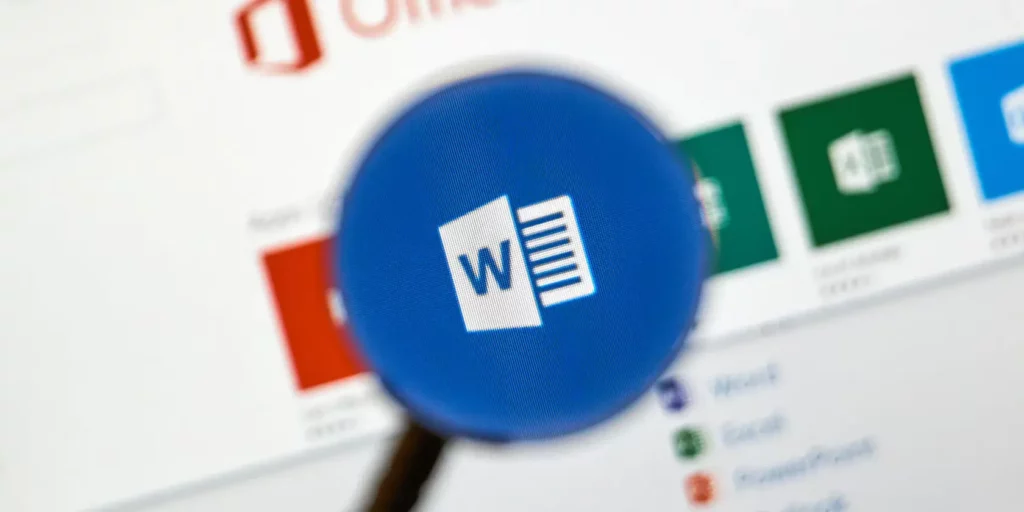
Here are some tips and tricks for Using Microsoft Word:
1. Keyboard Shortcuts
Knowledge of the various shortcuts available when using word programs can greatly increase the program’s effectiveness. Such type of shortcuts enable you to perform routine operations with less effort and time so that you don’t have to visit menus and toolbars personally.
Some essential keyboard shortcuts include:
- Ctrl + C (Copy)
- Ctrl + V (Paste)
- Ctrl + Z (Undo)
- Ctrl + B (Bold)
- Ctrl + I (Italic)
It might be beneficial to include these shortcuts as part of your working process while designing documents.
2. AutoCorrect and AutoText
AutoCorrect and AutoText are two spectacular features anyone using Microsoft Word PC could benefit from. The AutoCorrect tab helps to correct most of the typing errors you make on the keyboard while creating your documents.
AutoText is designed to create and save new text that can be inserted into the chosen document using a single button on a keyboard. Another advantage of this feature is the most often used types of text, that is, repetitive ones like signatures and addresses, as well as large literary and legal texts containing numerous identical phrases and sentences.
With the help of AutoCorrect and AutoText features, the filing of errors and repetitions are minimized, and time for correction of documents is conserved.
3. Formatting Styles
More so, formatting styles in Microsoft Word facilitate the conveying of proper formatting of documents within a short time. Such styles include font choices, colour palette, and paragraph spacing to avoid instances where your text is not visually consistent.
Word has many pre-set styles included in the application that can be easily assigned to headings, paragraphs, and other parts within a document. You can also define a custom style according to your own taste and needs, which will be provided in the following chapters.
The formatting styles are used to make your documents look more professional, but most importantly, they make the general changes easier to make. Using styles empowers you to change the appearance of multiple paragraphs and use them throughout the paper just by changing the given style once.
4. Inserting Graphics and Tables
Using such objects as graphics and tables in documents can improve their overall look and help you present difficult information. Microsoft Word also has integrated functionalities to insert images or pictures alongside charts and tables.
When inserting other graphic items in the document, the edits button allows you to change the images’ size, location, and format. You can also display different effects on your graphics, including shadows and reflections.
A table can be useful in organizing data and comparing it algorithmically in a way that would be cumbersome when solved manually. Tables in Word are proven to allow users to generate tables and design how they want them to be arranged in the context of the written document. You can control the number of columns or rows in a particular cell in a table, the positioning of the table cell, and even overlay borders and shading on the table cell. additionally, in a table cell, you can put formulas to complete a computation.
5. Ordering, Review and Comment Tools
The review and comment tools are critically helpful when working collaboratively within the Microsoft Word manuscript writing platform. These tools are suitable in that they enable several people to edit a document and add their comments systematically.
The service allows users to see the changes made to a certain document by marking them with a special sign. Therefore, it is useful, especially when working as a team, since it adds accountability to the changes made within the document.
Annotation allows users to make notes and make recommendations in the given document. For instance, these comments can be inserted immediately beneath the contentious part of the text to allow one to reply to the comments and make the changes correspondingly.
Using both the review and comment tools, you can help your team work more efficiently and guarantee the final product’s high quality and professionalism.
Microsoft Word vs. Other Word Processing Software
Comparison with Google Docs
Microsoft Word has an alternative called Google Docs that allows editing of texts online through an Internet browser. Though both applications serve almost the same purpose, there are certain considerations which are worthy of mention.
As one of the main benefits of using Google Docs, one can identify collaboration features as the main one. Other features include collaborating on a given document with other personnel and other Google Docs users, with modifications made on the particular document arising in real time for other persons using the document. This makes Google Docs the best tool for projects with multiple people and work-from-home scenarios.
still, you need to consider that Microsoft Word provides more variety of formatting and editing options that make it a better choice for complex papers. Word also allows one to work offline, which is preferable because one does not have to be online while editing documents.
Comparison with Apple Pages
Apple Pages is another word-processing software that should be familiar to anyone who knows Microsoft Word. Compared to Pages, Word has a smooth and intuitive design and the usability of this application could be higher if only it were equipped with the facilities which are used in elaborating more complex projects.
The main strength of the Pages is its perfect compatibility with other Apple devices and programs, like iCloud and iWork. This integration enables the users to view or modify their documents from one device and another.
Nevertheless, they use Microsoft Word more as it is more widespread and has more options in its opportunities and interoperability with other programs. Word is used by individuals who need more formatting and editing tools than those provided by the WPS office suite.
Pros and Cons of Microsoft Word
Microsoft Word has a lot of benefits such as the traits of a word processing tool that is efficient, proper formatting and efficiency in collaboration. All these characteristics make the scrum master a rather flexible and effective assistant in a number of fields for numerous individuals.
However, there are some drawbacks to this issue that one might want to consider. The absolute downside of using Microsoft Word is that it can be costly for someone needing a license to use several Office programs. Similarly, they pointed out that some users may perceive challenges, such as high difficulty levels, when applying the option, especially when employing the complicated option in the application.
However, Microsoft Word tends to dominate users’ preferences because of the user-satisfaction factor, productivity, and loops it has established over its competitors.

